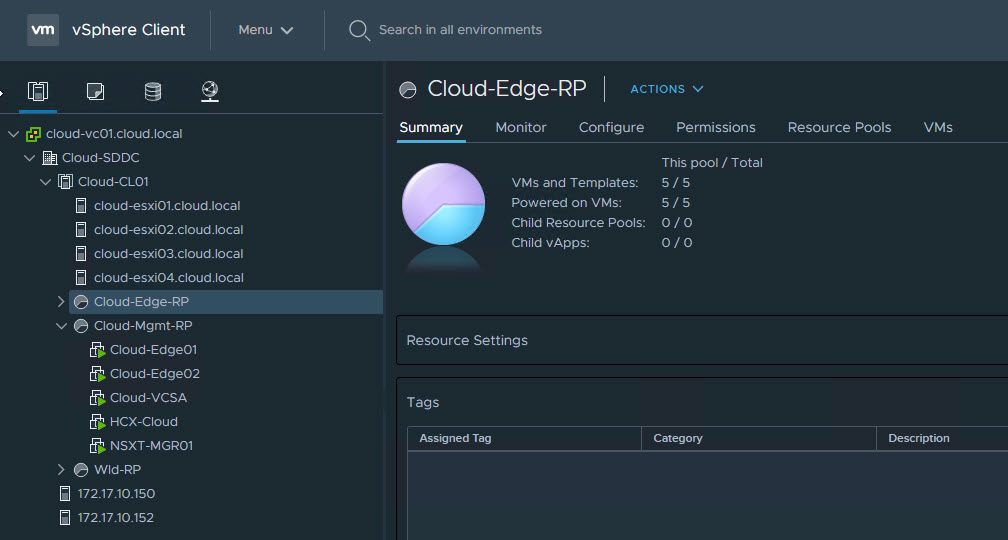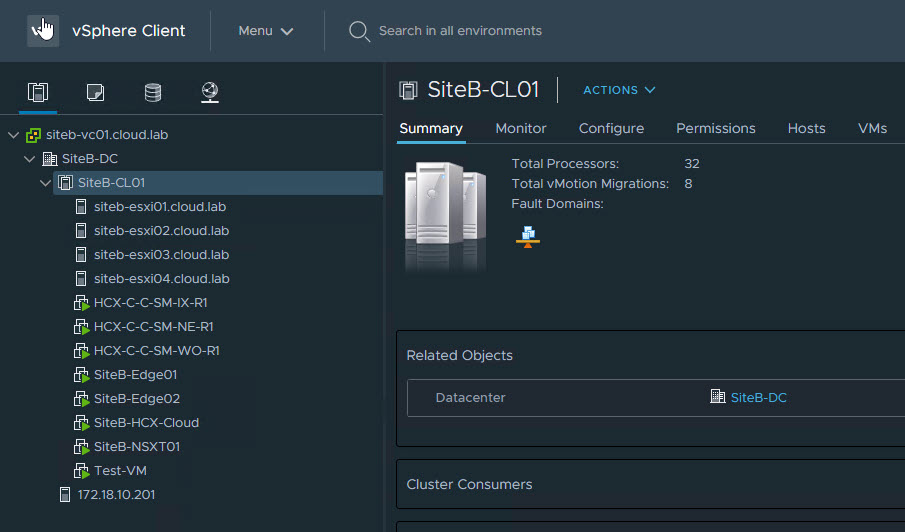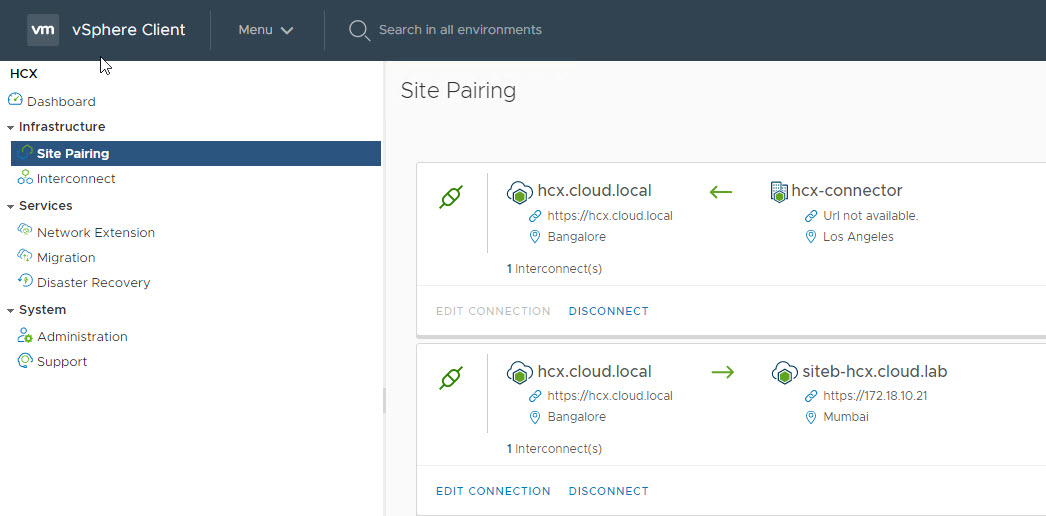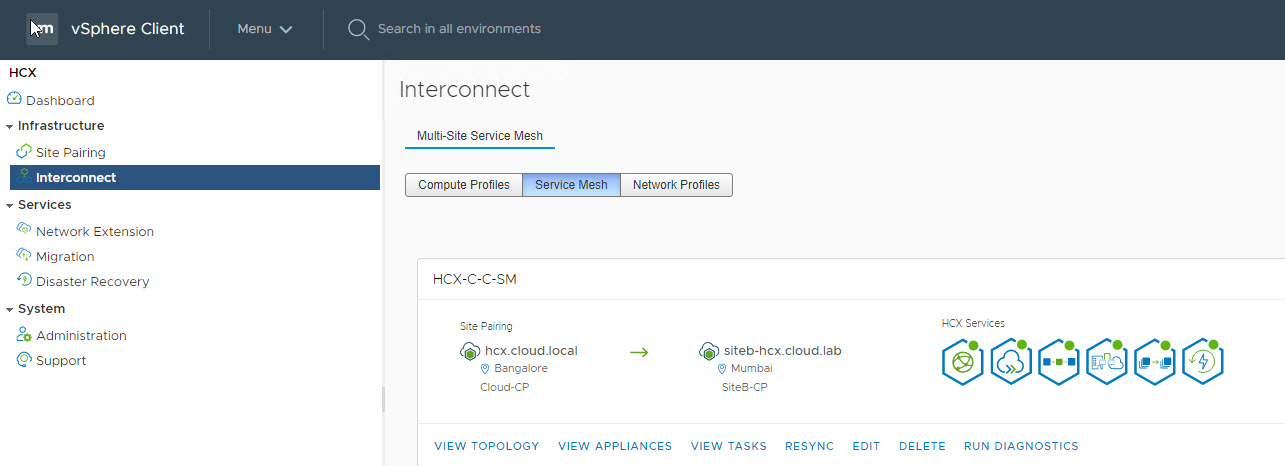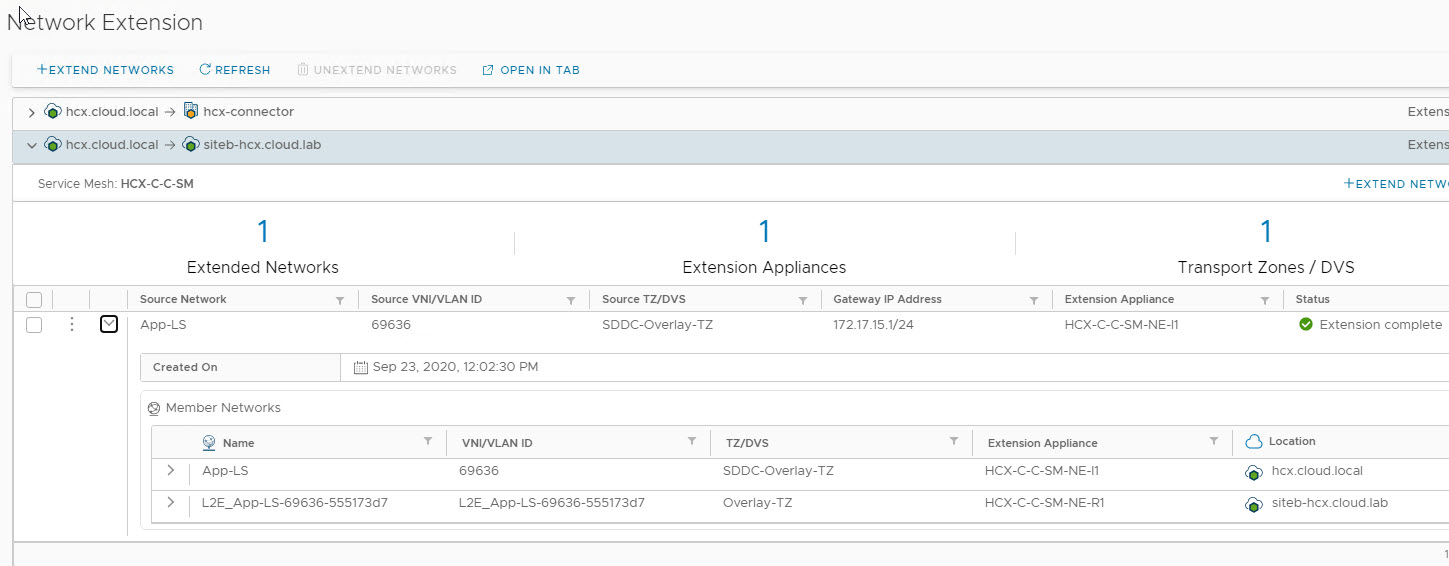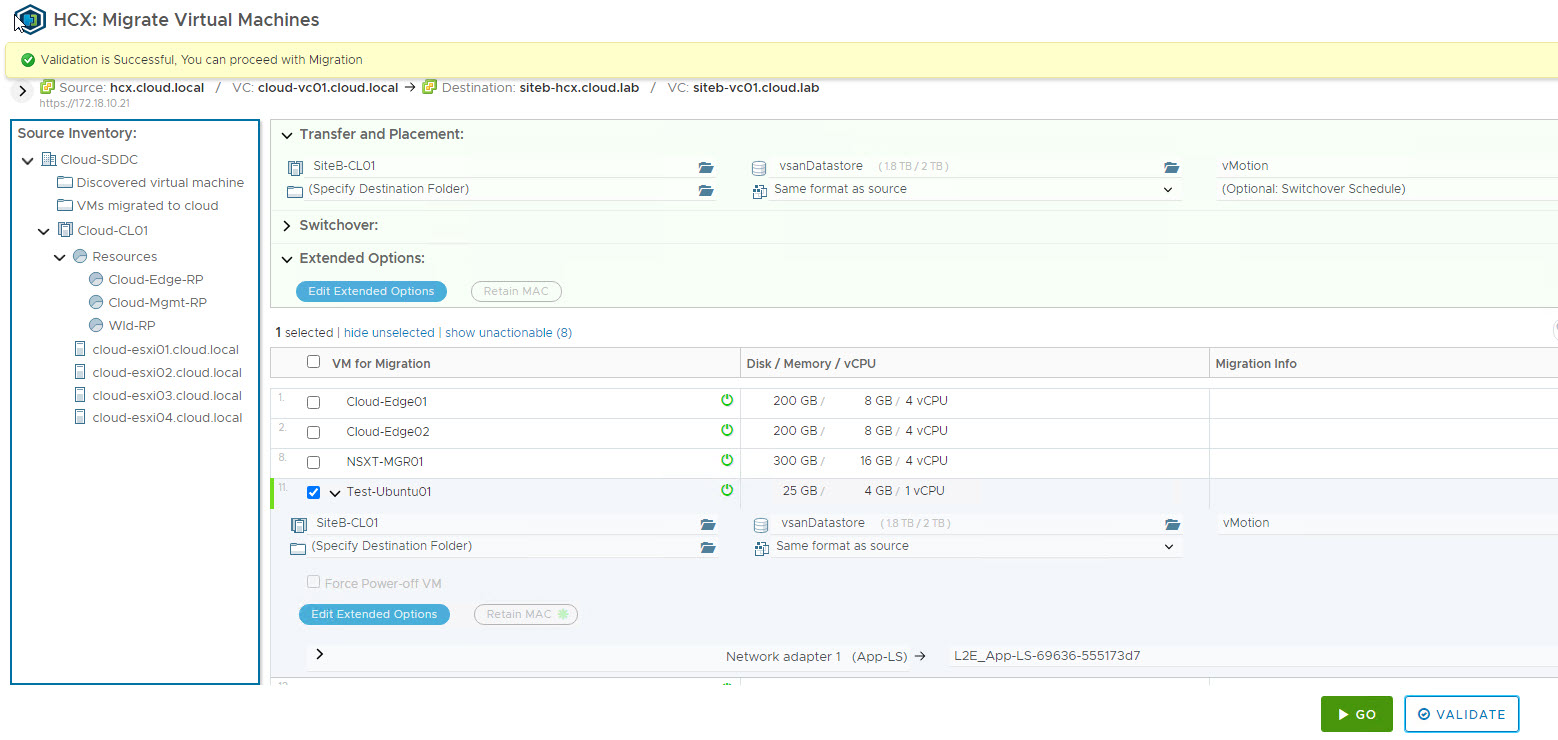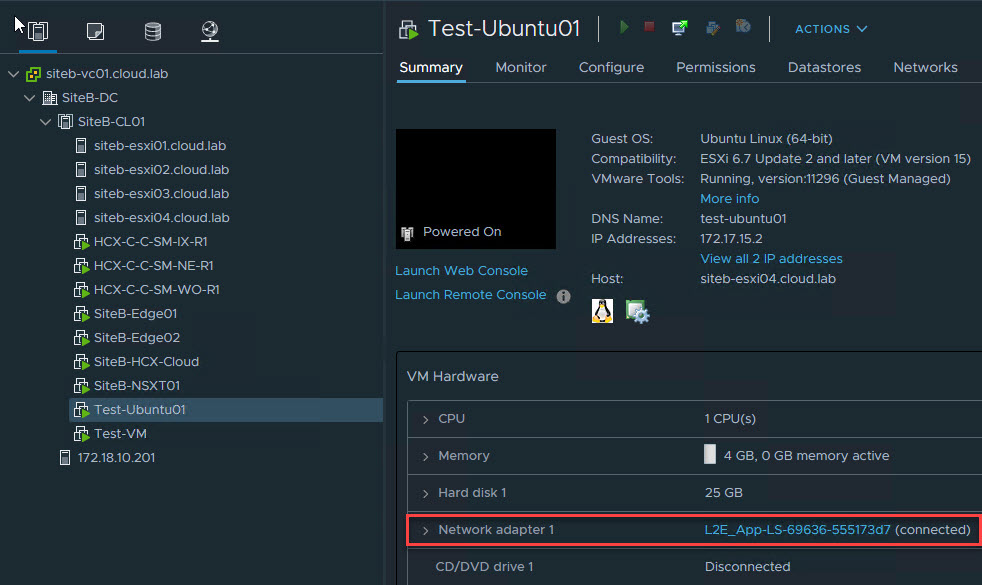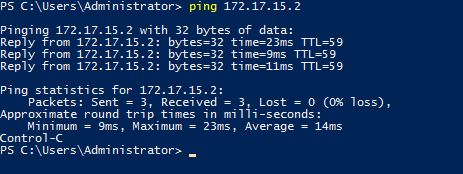Those who have worked on HCX, knows how easy it is to perform workload migrations from On-Prem datacenter to SDDC running in cloud. Bi-directional migration feature has helped customers to setup a true hybrid cloud infrastructure as app mobility was never so easy. To leverage HCX, your CSP will deploy HCX cloud on top of SDDC and provide you URL + Credentials, which you can feed into your on-prem HCX Connector appliance to get started with HCX.
In this post I am going to demonstrate workload migration between two HCX Cloud instances. In a Multi-Cloud world, vendor lock-in is a thing of past and more and more customers are now using/evaluating services of more than one cloud provider.
HCX cloud-to-cloud migration will be helpful in putting brakes on CSP’s who are monopolizing their service offerings. Customers can now easily evacuate a given cloud and can seamlessly migrate to another cloud without any hassle. This provides flexibility to customers to evaluate many CSP at once and then decide which CSP is best suited for their business needs.
Below architecture diagrams shows how a HCX implementation looked like before and after HCX C2C feature was introduced.
HCX Architecture before C2C: In this architecture, if a customer wants to migrate workloads between Cloud Site-A to Cloud Site-B then:
1: Cloud Service Provider (Site-A & Site-B) deploys HCX-Cloud appliance on the cloud SDDC.
2: Customer deploys HCX Connector in On-Prem SDDC/legacy vSphere infra.
3: Customer pairs hcx-connector with hcx-cloud instances from both Site A & B.
4: Customer will first migrate workloads from Cloud Site-A to On-Prem using HCX reverse migration feature.
5: Customer will then migrate those workloads to Cloud Site-B using HCX regular migration feature.
HCX Architecture With C2C: In this architecture, if a customer wants to migrate workloads between Cloud Site-A to Cloud Site-B then:
1: Cloud Service Provider (Site-A & Site-B) deploys HCX-Cloud appliance on the cloud SDDC.
2: Customer performs site pairing between the 2 HCX Cloud instances and deploys service mesh.
3: Customer will migrate workloads directly from Cloud Site-A to Cloud Site-B using HCX regular migration feature.
HCX C to C Use cases: As of now I can think of few use cases for HCX Cloud to Cloud Migration:
- NSX-V to NSX-T migration to retire NSX-V SDDCs.
- Customers may want to rebalance SDDCs running in cloud.
- Customers want to complete migrate their services from one CSP to another.
Enough of theory. Let’s dive into lab now and see this feature in action.
My Lab Setup
In my lab, both Cloud Site-A & Site-B SDDC have:
- vSphere 7.0 deployed (4 host cluster)
- NSX-T 3.0.1 deployed and configured.
- vSphere is leveraging VDS for regular SDDC traffic and N-VDS for overlay traffic.
- HCX-Cloud (R143) deployed.
I have paired Site-A HCX instance with Site-B HCX.
Deployed service mesh between the 2 sites. All services enabled in service mesh reports green with tunnel status up.
Also I have extended a network ‘App-LS’ from Site-A to Site-B. If you are new to network extension feature, please read my previous blog post on this topic.
My goal is to migrate a vm ‘Test-Ubuntu01’ from Site-A to Site-B using vMotion to cloud migration technique and verify vm connectivity is intact post migration.
Before performing migration, I did a validation on the VM which I am trying to migrate and validation was successful.
After few minutes, migration completed successfully.
VM is now running in Site-B and is connected to the extended network.
From Site-A, tried reaching vm and vm responded back.
And that’s it for this post.
I hope you enjoyed reading this post. Feel free to share this on social media if it is worth sharing 🙂



